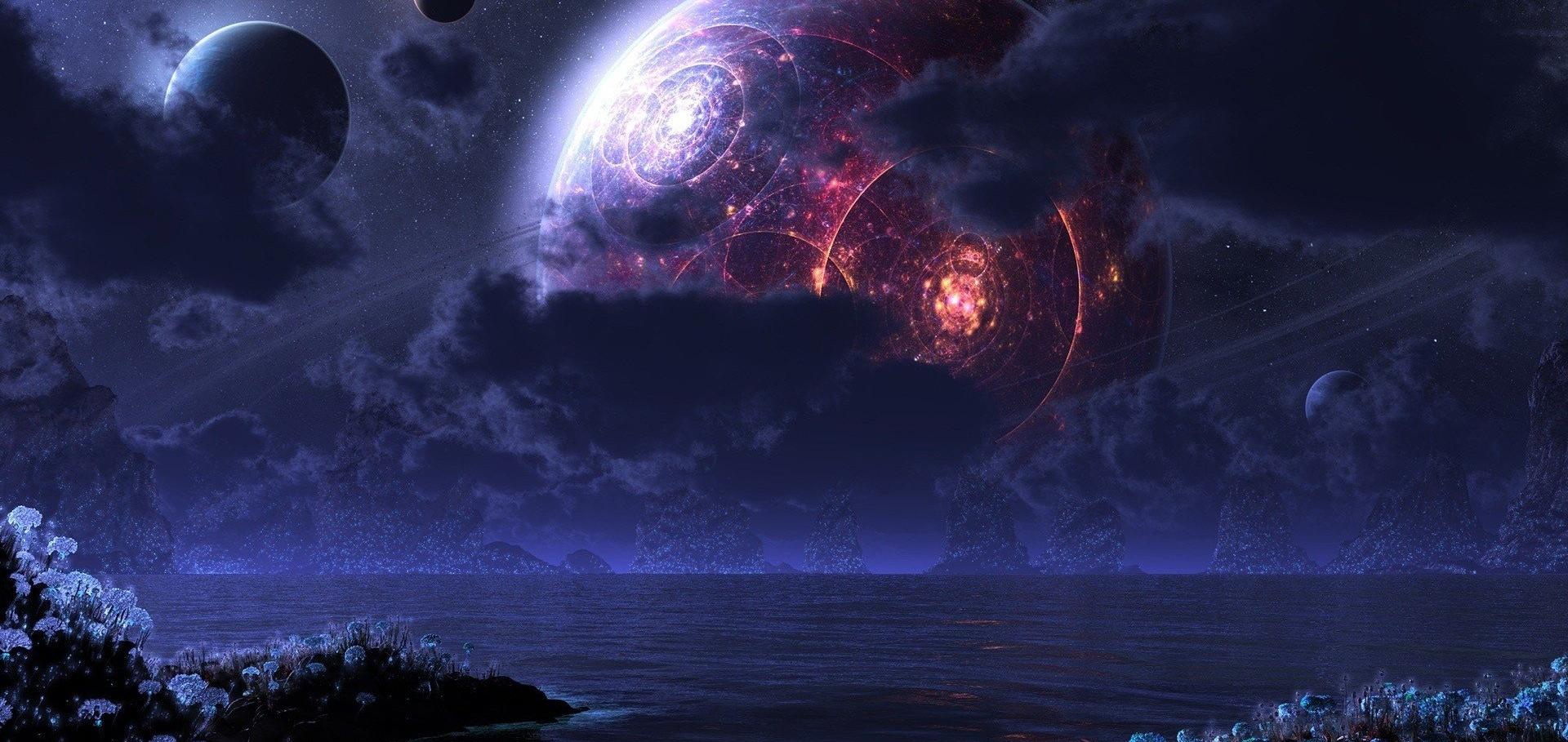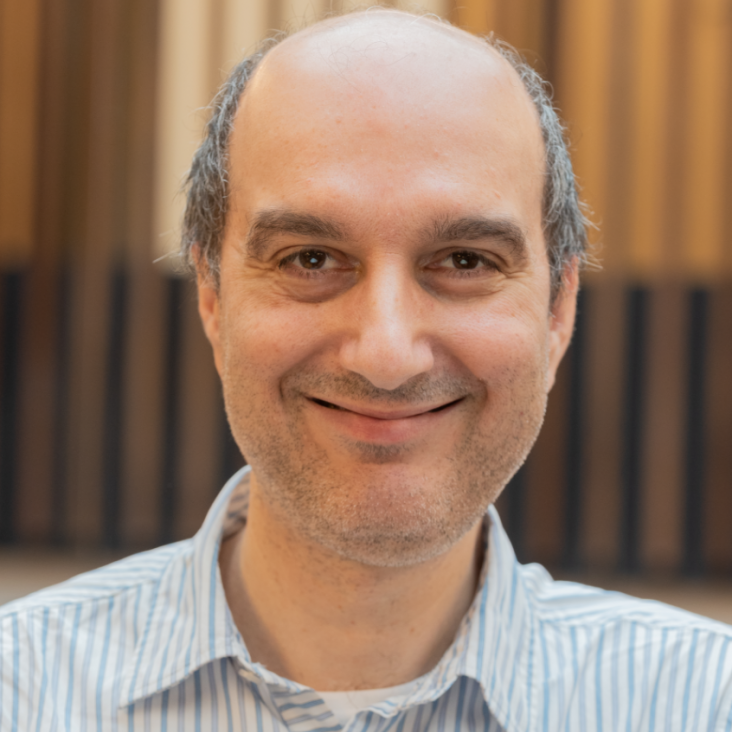Turbulent Plasma in the Lab
Physics American Physical Society (APS) 5 (2012) 141
Laboratory investigations on the origins of cosmic rays
Plasma Physics and Controlled Fusion 54:12 (2012)
Abstract:
We report our recent efforts on the experimental investigations related to the origins of cosmic rays. The origins of cosmic rays are long standing open issues in astrophysics. The galactic and extragalactic cosmic rays are considered to be accelerated in non-relativistic and relativistic collisionless shocks in the universe, respectively. However, the acceleration and transport processes of the cosmic rays are not well understood, and how the collisionless shocks are created is still under investigation. Recent high-power and high-intensity laser technologies allow us to simulate astrophysical phenomena in laboratories. We present our experimental results of collisionless shock formations in laser-produced plasmas. © 2012 IOP Publishing Ltd.Magnetic field generation by Biermann battery and Weibel instability in laboratory shock waves
EAS Publications Series 58 (2012) 23-26
Abstract:
Magnetic field generation in the Universe is still an open problem. Possible mechanisms involve the Weibel instability, due to anisotropic phase-space distributions, as well as the Biermann battery, due to misaligned density and temperature gradients. These mechanisms can be reproduced in scaled laboratory experiments. In this contribution we estimate the relative importance of these two processes and explore the laser-energy requirements for producing Weibel dominated shocks. © The Author(s) 2013.Diffusive shock acceleration at laser driven shocks: studying cosmic-ray accelerators in the laboratory
(2012)
FLASH magnetohydrodynamic simulations of shock-generated magnetic field experiments
High Energy Density Physics 8:4 (2012) 322-328


